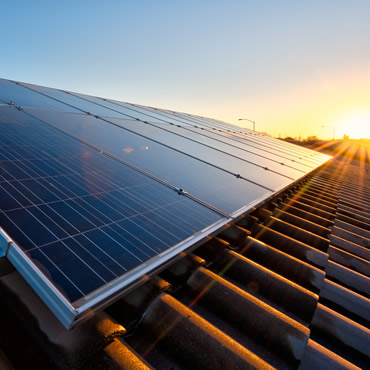How to Choose the Best Energy Storage Option for Your Needs

There are a number of factors to consider when choosing an energy storage system. First, you should consider what you want the storage system to store. This will help you to determine what size and design will work best. It will also allow you to determine the costs that you can expect. It is a good idea to speak with a variety of experts to get their opinions. The Internet is a great place to start and you can also ask for word-of-mouth recommendations.
ES-Select
When it comes to energy storage systems, there are a number of different options. For instance, you can use them to store renewable energy, deliver it to the grid, or operate natural gas plants during a blackout. You can also use them to supplement your existing power supply, or even provide backup power for your home. Each technology has its advantages and disadvantages. For instance, lithium-ion batteries have the advantage of packing a large amount of power in a small space, but they are not very efficient at storing power for extended periods. Compressed air energy storage is also a viable option, since it can store large amounts of power.
Energy storage is an essential part of the future of electricity supply. It will allow us to generate more renewable electricity and make our grid more resilient and reliable. While solar and wind power are excellent options, their unreliability can limit their use. With new technologies, we may soon be able to store vast amounts of electricity.
ES-Select’s Battery Performance Scorecard
Choosing the right energy storage system is a complex process. There are many different factors to consider, including the delivery of power, efficiency, discharge time, and life cycle. ES-Select’s Battery Scorecard can help you determine the best option for your needs and budget. The software is highly interactive and analyzes multiple factors to ensure you choose the right technology for your application.
The scorecard’s methodology involves applying a mathematical model to compare various storage options. It also includes simulation results and other metrics to help you choose the best storage option for your needs. It is based on DNV’s extensive experience in testing and evaluating batteries. The model’s algorithms take the average of each criteria and calculates the feasibility score for each storage option.
Lithium ion batteries
Different lithium ion batteries are designed to perform differently. Different manufacturing processes and chemistry additives can affect battery performance. Some companies focus on achieving higher cell charge rates and C-rates, while others may focus on higher temperature resistance. These differences in performance and durability should be taken into consideration when determining which energy storage option is the right choice for your needs.
While there are some differences between lithium ion batteries and lead acid batteries, both are relatively inexpensive and provide good performance. Compared to lead acid batteries, lithium ion batteries last longer and cost less than alkaline batteries. However, the higher voltage can damage some devices, especially those that use lithium batteries.
Flow batteries
If you’re looking for an energy storage solution, you may want to look into flow batteries. These types of batteries have a high capacity and long lifespan, making them perfect for utility systems, microgrids, and even electric vehicles. Flow batteries also have an excellent discharge rate and can quickly recharge the electrolyte. These batteries are typically made of vandium and iron.
Flow batteries are also environmentally friendly, thanks to their use of water as an electrolyte. Although the vanadium in these batteries is expensive, its demand could skyrocket if the metal becomes scarce. The leading alternative to vanadium is organic compounds, which are highly customizable. However, these compounds degrade after a few months, and some of them require powerful electrolytes to keep them from degrading.
Lead-acid batteries
When you’re building a battery energy storage system, you need to know how to choose lead-acid batteries. These energy storage batteries come in a variety of sizes and have different characteristics. For example, they are different from lithium-ion batteries. This means you need to consider your application’s needs and budget when selecting a battery type.
Lead-acid batteries have a long lifecycle. Because they have been around for decades, they are a reliable long-term solution for storing energy. In addition, they are more affordable than most alternatives.
Tesla Powerwall
The Tesla Powerwall stores solar energy and makes it available to use in times of power outages. It can run your home appliances for up to 7 days before needing another recharge. In addition, it lets you export and import excess solar power to the grid. This helps reduce your carbon footprint and increase your energy independence. You can also access your energy data in the Tesla app and view impact cards, which explain how solar energy affects your power usage.
The Tesla Powerwall is a modern product that fits in seamlessly with any home. It has a sleek design that looks good inside your home, and it comes with a simple mobile phone app that lets you monitor the battery status. It also gives you a real-time view of your electricity usage and charging status on the grid. It also comes with a 10-year warranty and a five-year extension.

